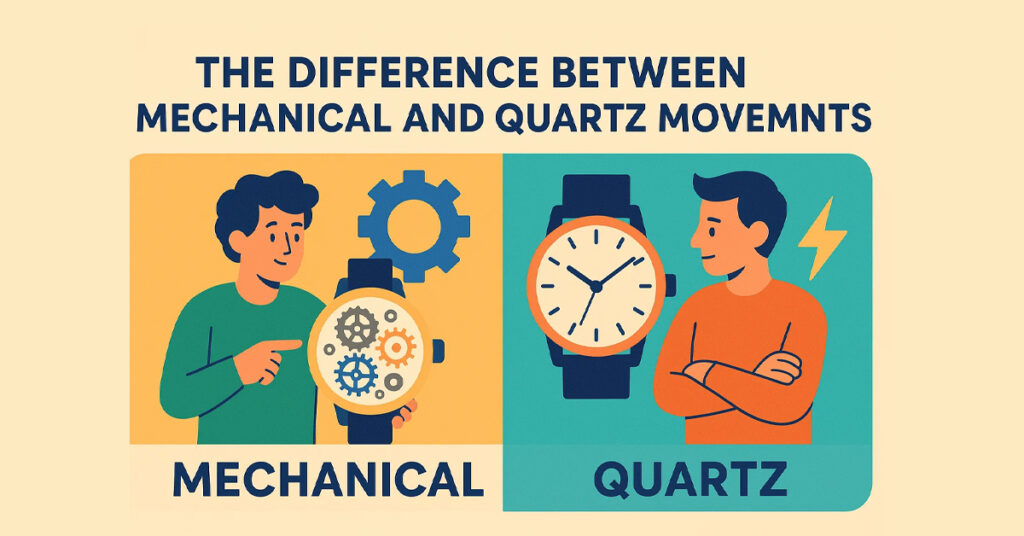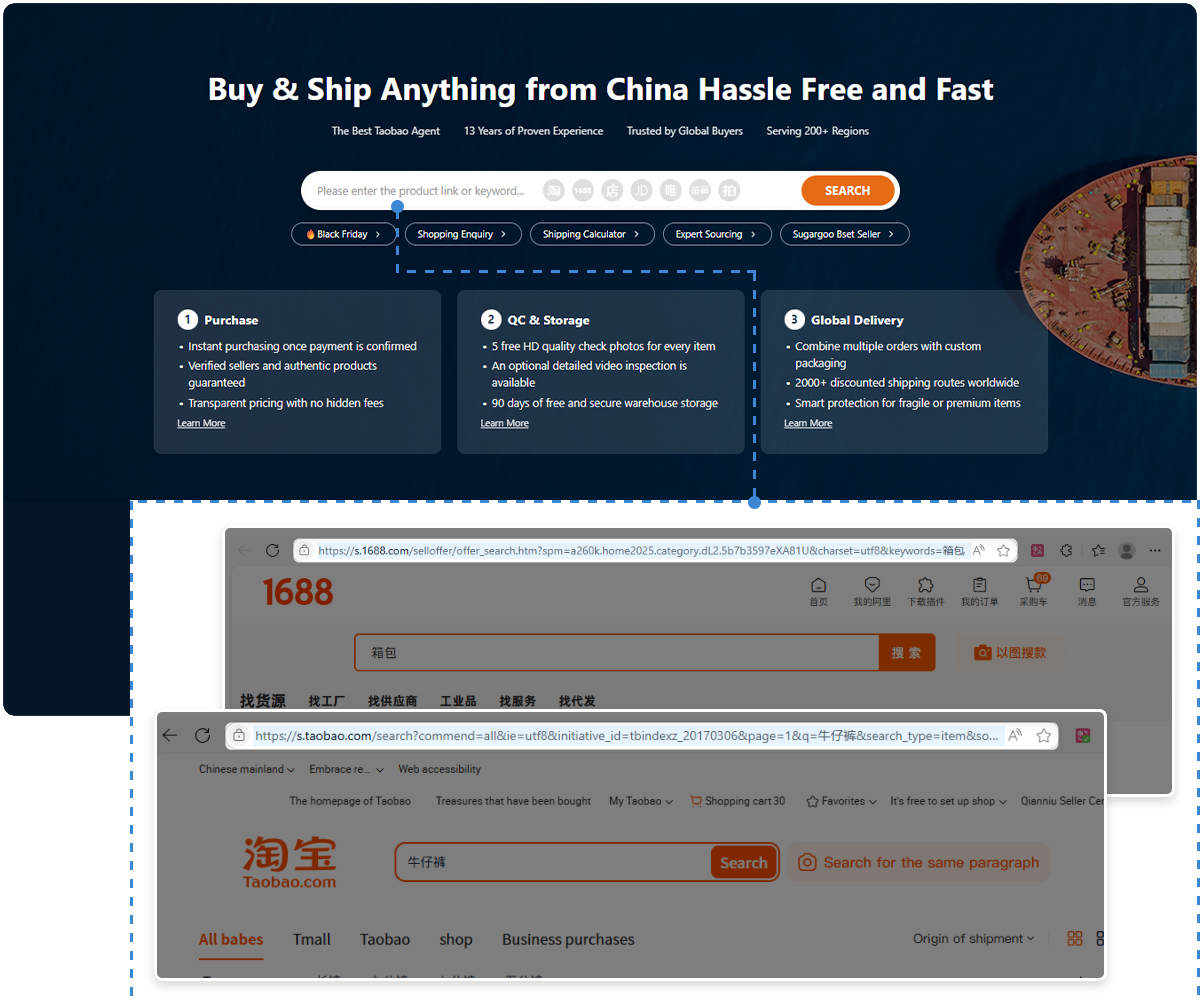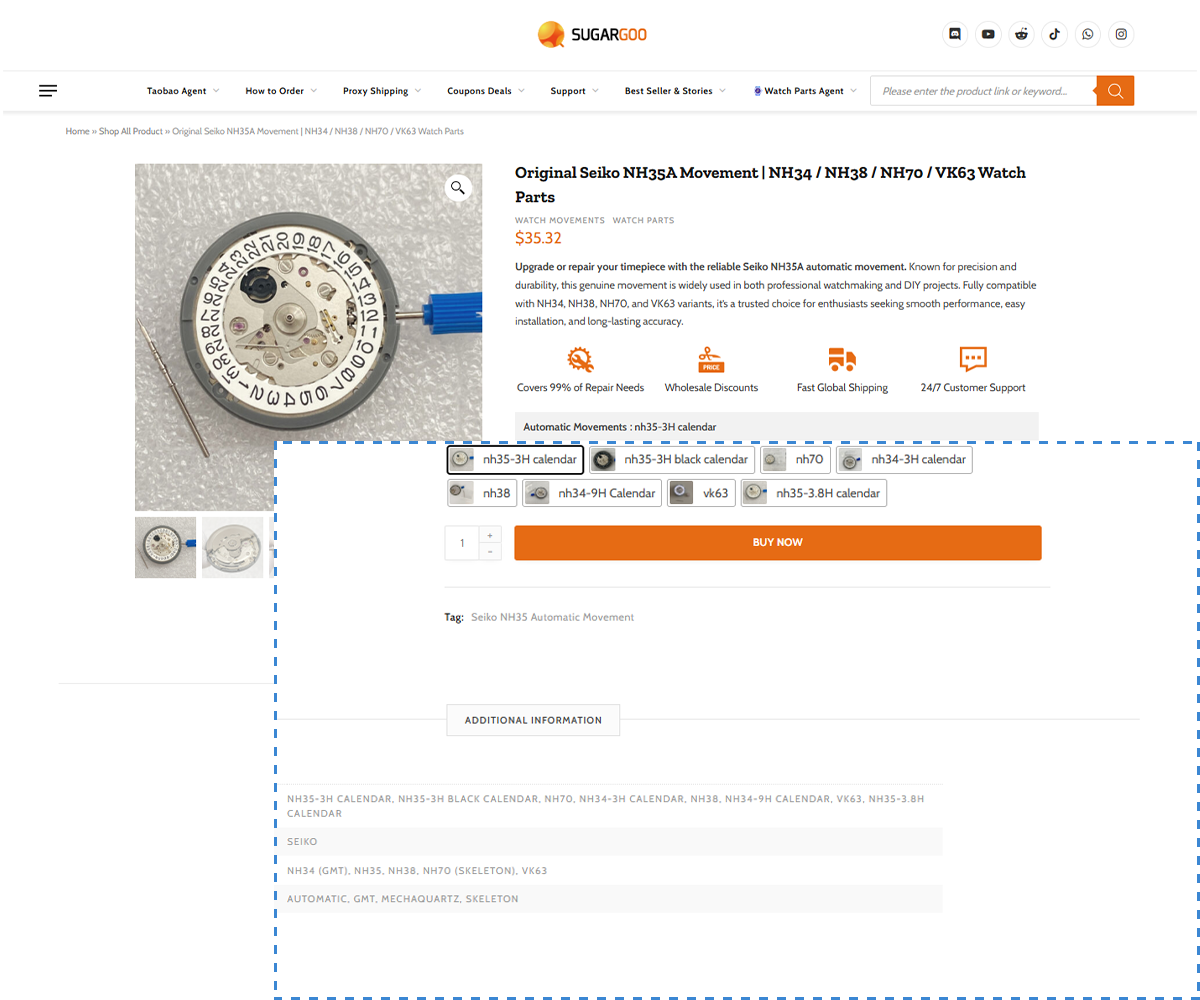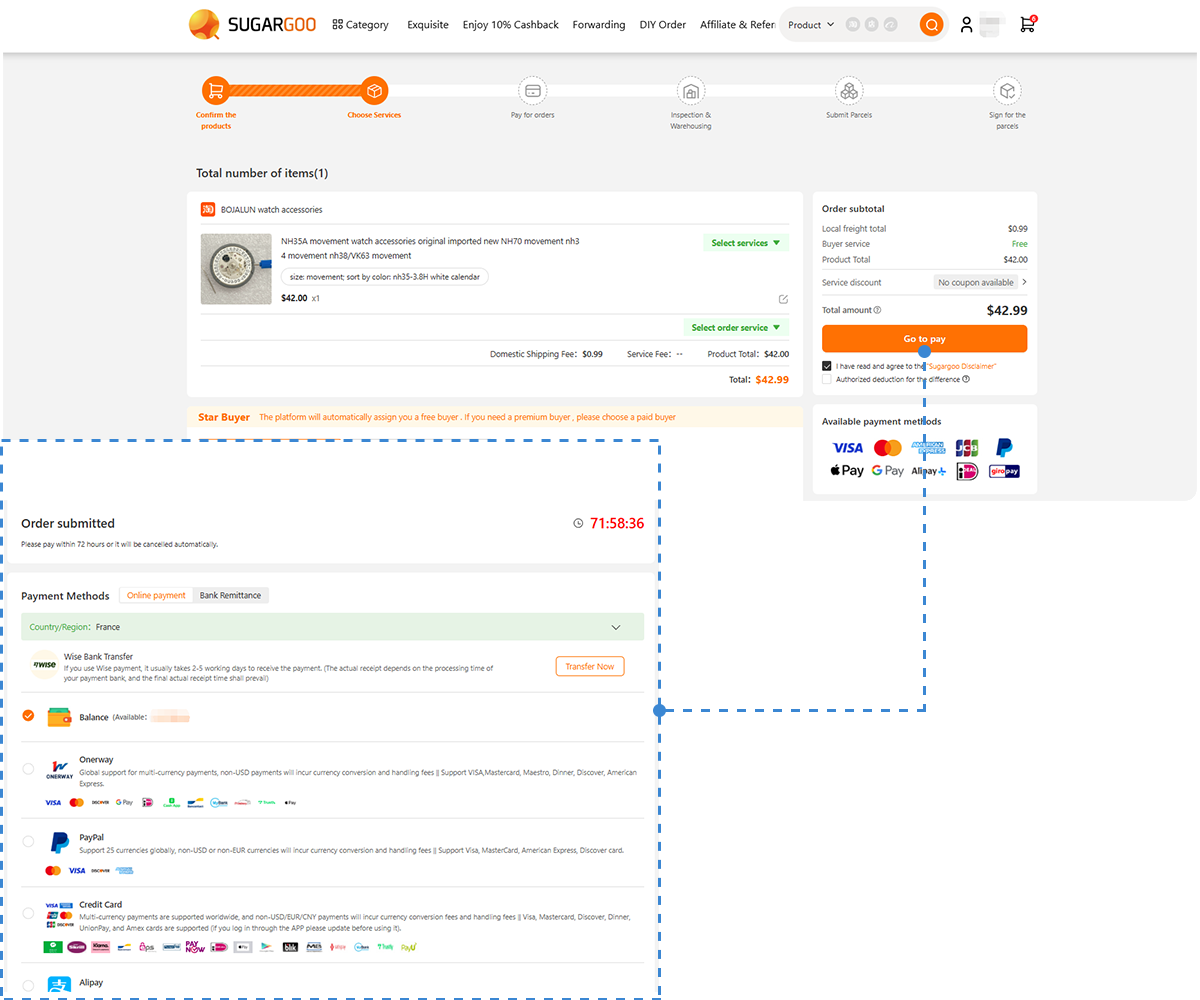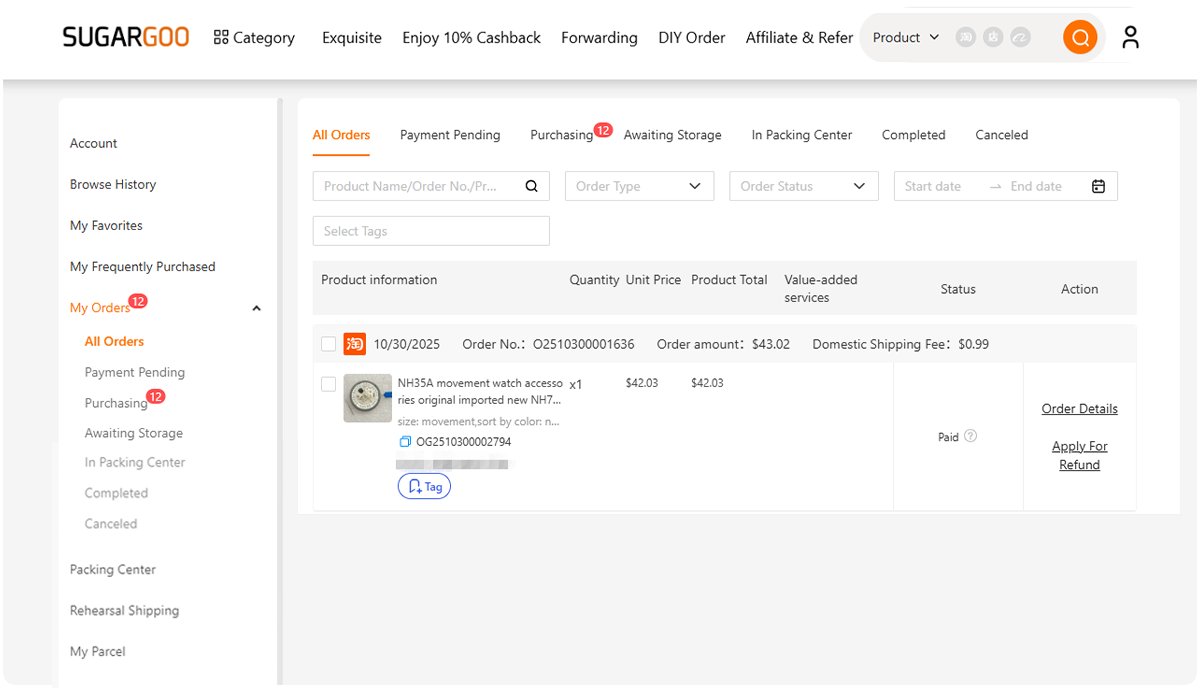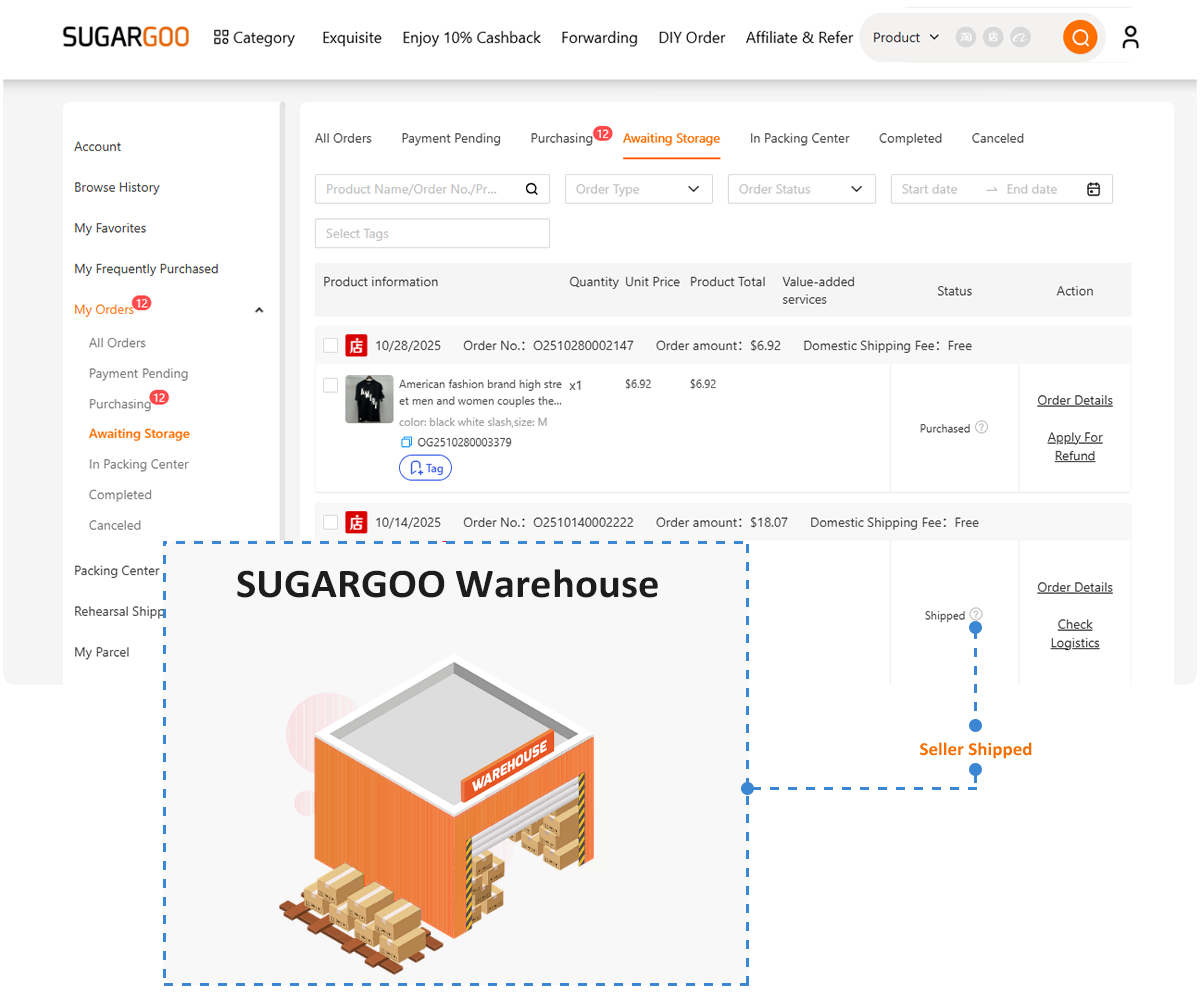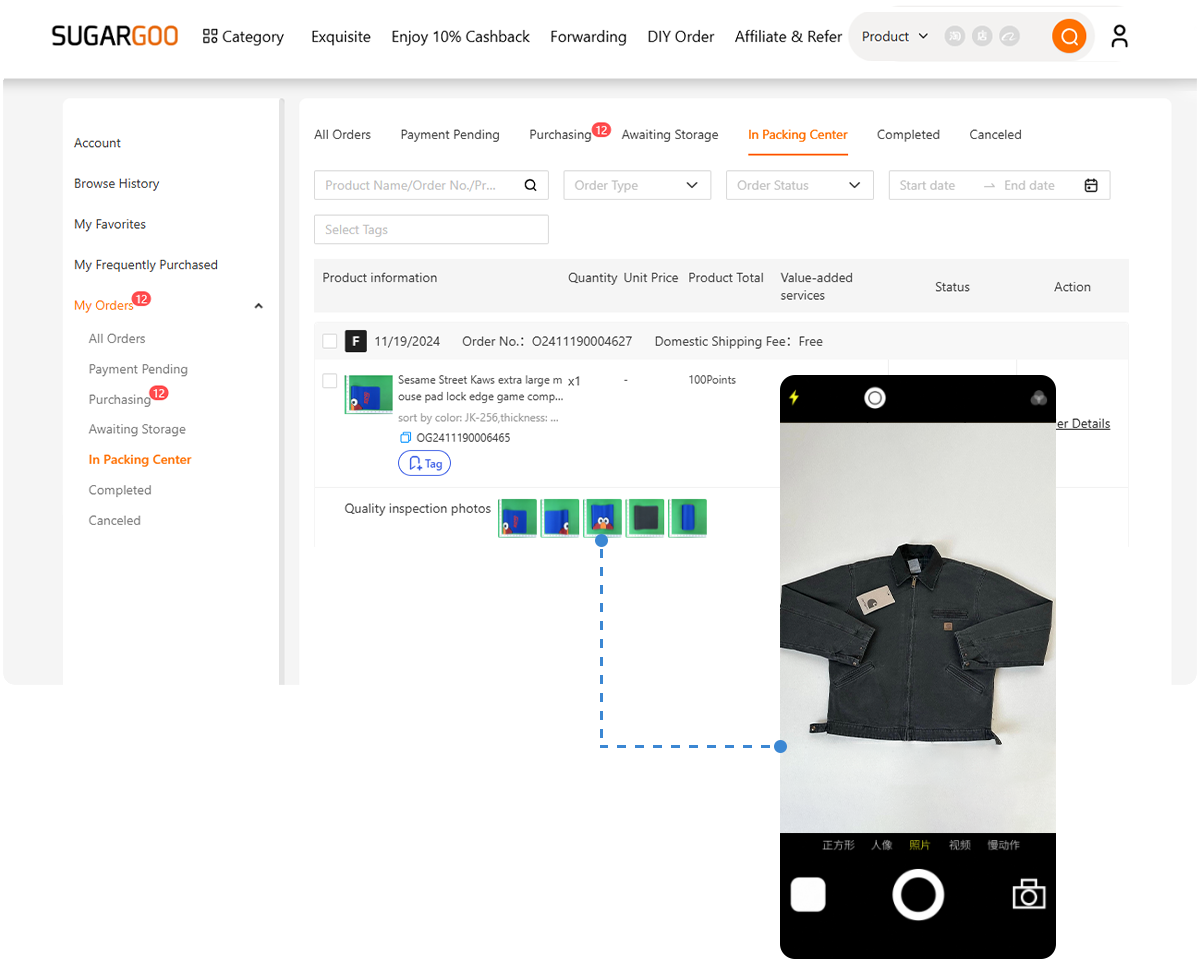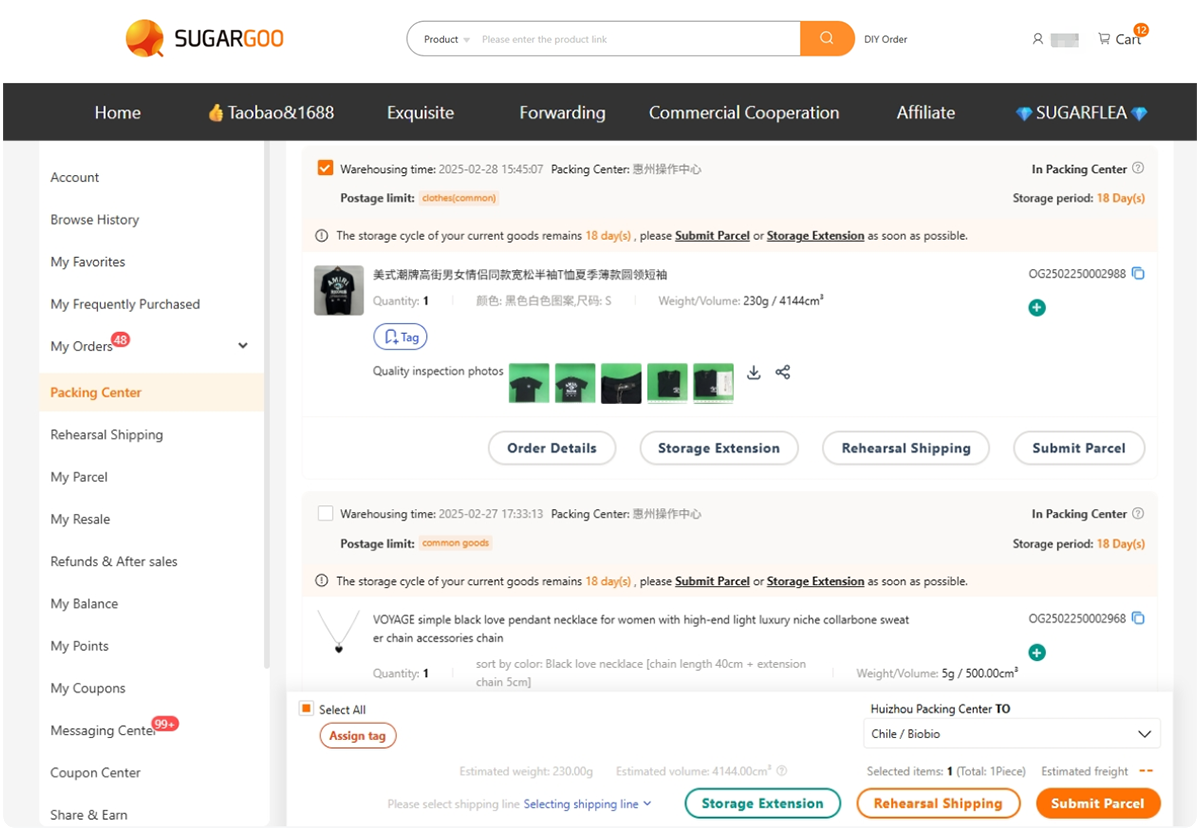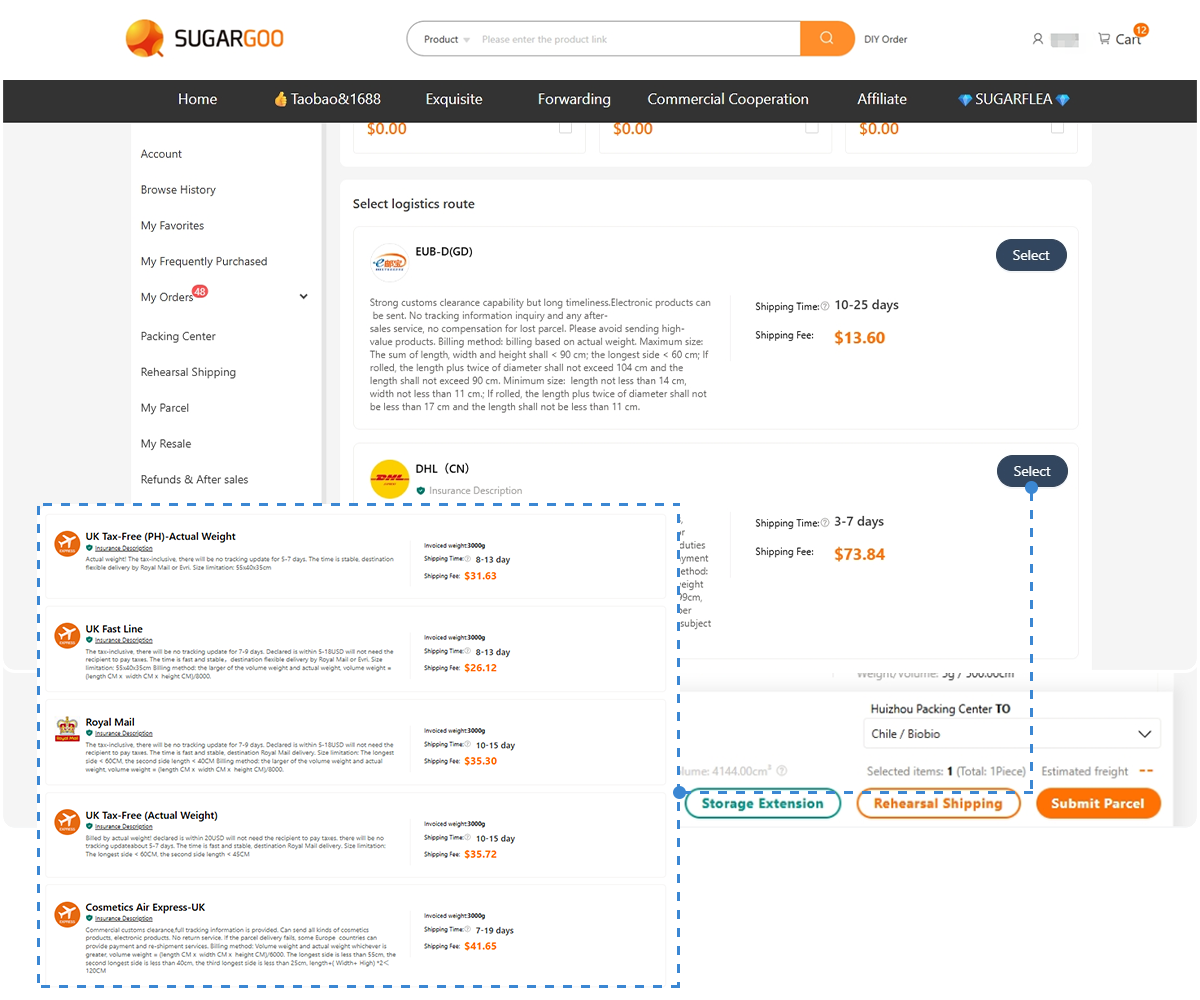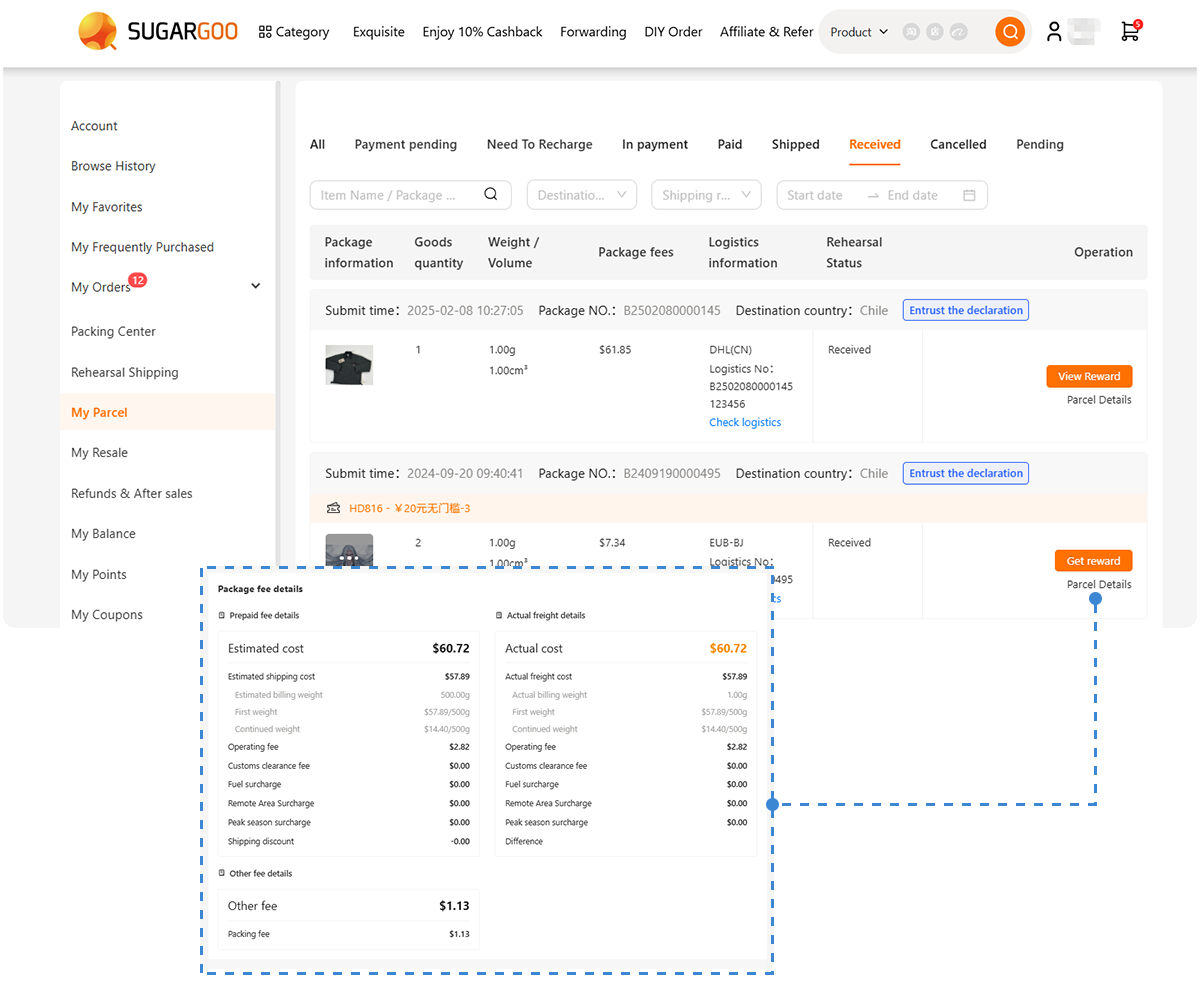(Why the way your watch ticks says more about you than time itself.)
1. The Moment You Hear the Tick
You don’t notice it until you really listen. One watch ticks like a heartbeat — steady, alive, almost breathing. The other ticks like a metronome — sharp, precise, without hesitation.
Both tell the same time. But they don’t feel the same.
One is mechanical. The other is quartz. And that difference — between pulse and pulse — divides the entire philosophy of watchmaking.
2. The Story of Two Heartbeats
It all began, ironically, in Japan. When Seiko released the world’s first quartz watch — the Astron — in 1969, it didn’t just tell time better. It broke time’s hierarchy.
Until then, Swiss watchmakers ruled through craftsmanship. Then came Seiko, with a battery and a crystal, and suddenly accuracy was affordable.
The Quartz Crisis that followed nearly killed Swiss horology. Factories closed. Brands disappeared. But mechanical watches — like stubborn old poets — refused to die.
Why? Because people realized something: they missed the heartbeat.
3. Inside the Machine: What Makes Them Different
Mechanical Movement — The Living Engine
A mechanical movement — like the Seiko NH35 or ETA 2824 — is powered by stored energy. You wind it, tension builds in a spring, and it releases slowly through gears, escapement, and balance.
No batteries. No electronics. Just physics and rhythm.
Every tick is a controlled heartbeat — 21,600 times per hour in an NH35. That’s 21,600 tiny confirmations that time is still alive.
Mechanical watches require love: you wind them, you wear them, you care for them. They respond to your warmth, your motion, your habits.
That’s why modders love mechanicals — they’re not tools, they’re companions.
Quartz Movement — The Perfect Machine
Quartz watches are marvels of efficiency. A battery sends electric current through a quartz crystal, which vibrates at 32,768 Hz. That vibration drives a step motor, which turns the hands with unmatched precision.
The result? Accuracy within seconds per month — something no mechanical can match.
Quartz is quiet, relentless, dependable. You wear it, forget it, and it still works two years later.
For most people, that’s perfection. But for purists — it’s too quiet.
4. The Feel of Time
Pick up a mechanical watch and rotate it in your hand. You’ll hear faint ticking, feel the rotor swing, the case vibrate like a living creature.
Now pick up a quartz watch — silence. Cold precision. Efficient, but emotionless.
That’s the dividing line: Mechanical time flows. Quartz time clicks.
The difference isn’t just sound — it’s philosophy.
5. Why Builders Choose Mechanical
For DIY modders, the mechanical movement is the heart of creativity. When you assemble a watch using the NH35 or NH36, you’re not installing a part — you’re bringing something to life.
You regulate it, you align its hands, you watch it breathe under a transparent case back.
That process — building one quartz, one mechanical — teaches patience. A quartz swap? Just plug and close. A mechanical build? It’s a meditation.
That’s why every serious modder starts with mechanicals. Because when your creation ticks on your wrist, it’s not powered by battery — it’s powered by you.
6. The Beauty of Imperfection
Quartz gives you accuracy. Mechanical gives you meaning.
Yes, a mechanical movement might gain or lose 10 seconds a day. But those imperfections remind you: you’re dealing with something human.
Every watchmaker — from Le Locle to Tokyo — will tell you: Perfection is boring. A perfect line is lifeless. A perfect beat has no swing.
That’s why vintage mechanicals, with their patina and stories, hold value beyond specs.
7. Maintenance: Ritual vs Convenience
Mechanical:
It asks for attention. Cleaning, oiling, adjusting. It rewards you for care, punishes you for neglect.
That’s part of the relationship — a mechanical watch lives with you. Over years, it picks up your rhythm. It adapts to your motion. That’s intimacy.
Quartz:
It asks for nothing. It just works. Change the battery every few years, and it goes on.
It’s the difference between caring for a bonsai and buying a plastic plant. One requires time; the other only simulates it.
8. Design and Emotion
Because quartz is thin and flexible, it allowed brands to experiment — ultra-slim watches, LCD screens, digital hybrids. But mechanicals kept something quartz never could: depth.
Open a display case back and you’ll see gears turning, rotors gliding, bridges shining. You’re not looking at a battery; you’re looking at craftsmanship.
That’s why transparent case backs and skeleton dials exist — because mechanicals deserve to be seen.
Collectors don’t just wear them — they admire them.
9. Quartz Isn’t the Enemy
Let’s be fair — quartz isn’t soulless. It’s honest about what it does best: reliability.
For field watches, digital pieces, or rugged tool watches, quartz wins every time. Military users, divers, rescue teams — they don’t want poetry; they want precision.
Even Seiko themselves make incredible quartz models — durable, solar-powered, almost maintenance-free. That’s Seiko’s genius: they mastered both worlds.
A Sugargoo Taobao agent can help you source both — from mechanical NH35s to quartz modules for custom field builds. Different engines, same passion.
10. The Modder’s Perspective
When you’re building, it’s not just about function — it’s about storytelling.
A quartz watch says: “I’m efficient. I respect time.”
A mechanical watch says: “I feel time.”
And for modders who spend nights swapping dials and pressing crystals, that feeling matters.
It’s the sound of craftsmanship, the rhythm of patience, the satisfaction of building something that breathes.
That’s why so many modders keep a small collection of both — a quartz for daily reliability, a mechanical for personal connection. Both belong in the same world — just for different moods.
11. Tools That Keep Time Honest
Whatever movement you choose, tools matter.
Watch repair kits for precise handling.
Case back openers for safe maintenance.
Movement holders for inspection.
Cleaning cloths to protect surfaces.
Watch boxes to keep both quartz and mechanical safe from dust.
All available through Sugargoo’s watch parts ecosystem — your bridge to China’s professional-grade suppliers.
Because precision begins long before the movement starts ticking.
12. Why It Still Matters
We live in a world where time glows from our phones, where smartwatches measure heartbeats and oxygen levels. Yet people still build, wind, and listen to mechanical watches.
Why?
Because it’s not about needing time. It’s about needing connection.
Every tick reminds us that perfection isn’t silence — it’s balance. Quartz wins the race. Mechanical wins the heart.
13. Choosing What’s Right for You
Here’s how to decide:
| Preference | Choose This | Why |
|---|---|---|
| Daily reliability | Quartz | No maintenance, high precision |
| Emotional connection | Mechanical | Feels alive, handcrafted |
| Learning modding | Mechanical | Easier to assemble, visible movement |
| Budget builds | Quartz | Cheap, durable, plug-and-play |
| Collecting and aesthetics | Mechanical | Transparent backs, custom parts |
If you’re unsure, start with both — build one quartz, one NH35. You’ll know which heartbeat feels like yours.
14. Time Isn’t What You Own — It’s What You Feel
A quartz watch measures seconds. A mechanical watch teaches them.
The more time you spend winding, aligning, regulating — the more you understand what Seiko, ETA, Miyota, or any true watchmaker really gave us. Not just accuracy. But awareness.
In an age of digital everything, mechanical watches remain our most analog reminder of patience.
And whether you buy your parts through Sugargoo’s modding catalog or handwind a Seiko on your wrist — remember: Time doesn’t just pass. It breathes.
